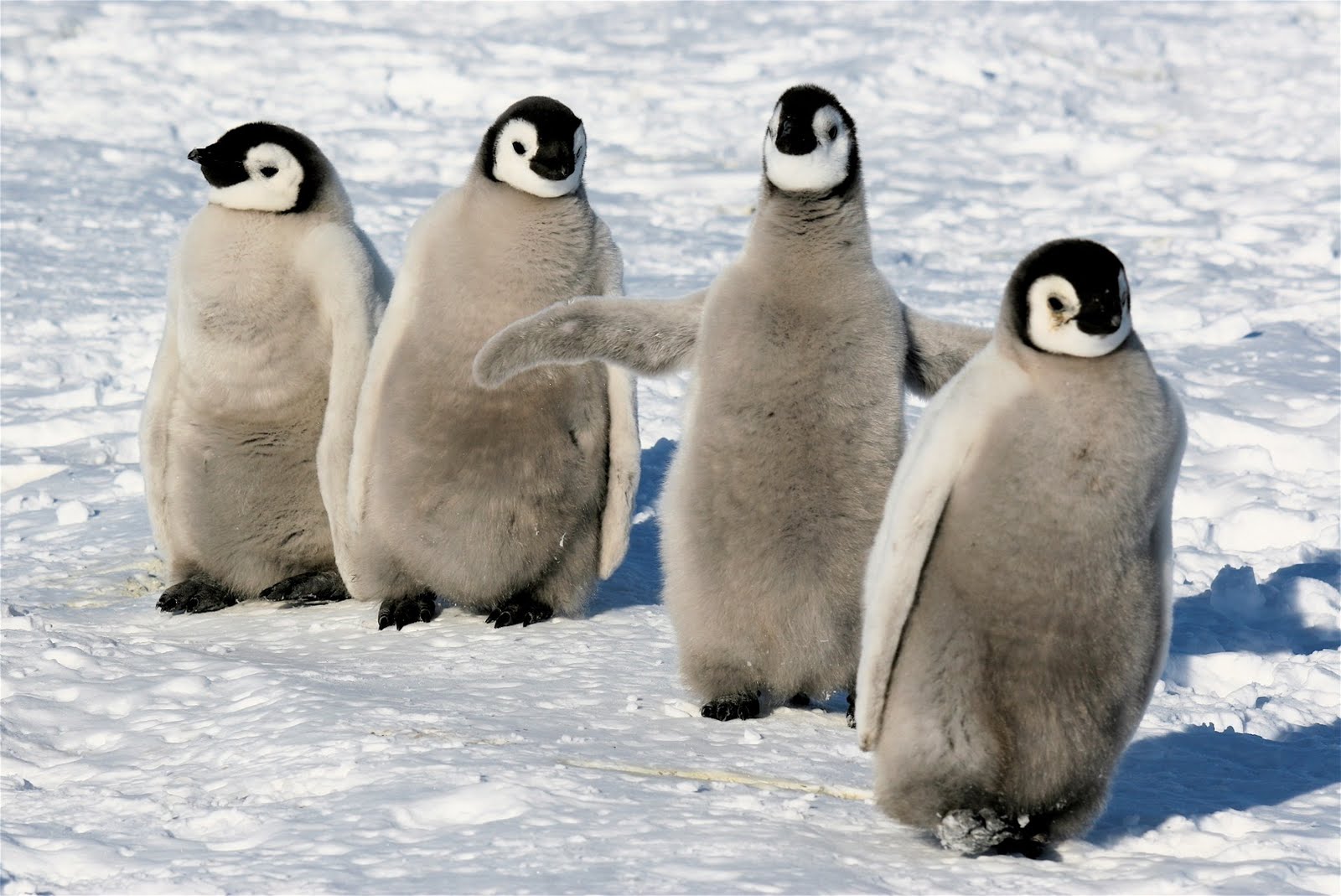Penguins are one of the most beloved and intriguing creatures inhabiting our planet. With their charming waddles and striking black-and-white plumage, these flightless birds have captured the hearts of people around the globe. Found primarily in the Southern Hemisphere, especially in Antarctica, they thrive in some of the harshest environments on Earth. Their unique adaptations for survival not only highlight their resilience but also showcase the delicate balance of ecosystems in which they live.
In addition to their endearing appearance, penguins are known for their fascinating social behaviors and complex family dynamics. They exhibit remarkable parental care, often taking turns to incubate eggs and feed their young. These behaviors are critical for the survival of their species, especially in regions where food sources can be scarce. Penguins have also become symbols of climate change awareness, as their habitats face significant threats from rapidly changing environmental conditions.
As we delve deeper into the world of penguins, we will explore their biology, habitats, conservation efforts, and the cultural significance they hold in human society. From the majestic Emperor penguin to the charming little Blue penguin, each species has its own unique characteristics and adaptations. Join us on this journey as we uncover what makes these incredible birds so special and worthy of our admiration.
What are the Different Species of Penguins?
There are 18 recognized species of penguins, each with its own distinct traits and habitats. Here are a few notable ones:
- Emperor Penguin: The largest of all penguin species, known for its impressive height and unique breeding behavior.
- King Penguin: The second-largest species, distinguished by its vibrant orange and yellow markings.
- Adélie Penguin: A smaller species, famous for its playful nature and significant populations in Antarctica.
- Gentoo Penguin: Recognized by its white stripe across the head, it is one of the fastest swimming penguins.
- Blue Penguin: The smallest penguin species, often found along the coastlines of New Zealand and Australia.
Where Do Penguins Live?
Most penguins are found in the Southern Hemisphere, with the majority residing in Antarctica. However, their habitats extend to various regions, including:
- Antarctica: Home to the largest populations of penguins, including Emperor and Adélie penguins.
- Sub-Antarctic Islands: Islands such as South Georgia and the Falkland Islands host various species like King and Gentoo penguins.
- Coastal Regions: Some species, like the Blue penguin, can be found on the coasts of New Zealand and parts of South America.
What Do Penguins Eat?
Penguins are carnivorous and primarily feed on a diet of:
- Fish: A staple food source, particularly for larger species.
- Krill: Small crustaceans that are particularly abundant in Antarctic waters.
- Squid: Another common prey item, especially for species that dive deeper.
How Do Penguins Adapt to Their Environment?
Penguins have developed several adaptations to survive in their cold and often inhospitable habitats. Some of these include:
- Insulating Feathers: Their feathers are densely packed and waterproof, providing excellent insulation against the cold.
- Body Shape: Streamlined bodies allow them to swim efficiently, conserving energy as they hunt for food.
- Social Behavior: They often huddle together to maintain warmth and protect against harsh winds.
Why Are Penguins Important to Ecosystems?
Penguins play a critical role in their ecosystems, serving as both predators and prey. Their presence helps maintain the balance of marine life, and their foraging habits contribute to the health of the ocean's food web. Additionally, they are indicators of environmental health, as changes in their populations can signal shifts in marine ecosystems.
What Threats Do Penguins Face?
Despite their hardiness, penguins are facing numerous threats, including:
- Climate Change: Warming temperatures and melting ice habitats directly impact their breeding and feeding grounds.
- Overfishing: Depletion of fish stocks threatens their food supply.
- Pollution: Oil spills and plastic waste can have devastating effects on penguin populations.
What Conservation Efforts Are in Place for Penguins?
Various organizations and governments are actively involved in penguin conservation. Some key efforts include:
- Protected Areas: Establishing marine protected areas to safeguard penguin habitats and food sources.
- Research Programs: Conducting studies to monitor penguin populations and understand their ecological roles.
- Awareness Campaigns: Educating the public about the challenges facing penguins and how to help.
How Can You Help Penguins?
Individuals can contribute to penguin conservation in several ways:
- Supporting Conservation Organizations: Donating to or volunteering with organizations dedicated to penguin protection.
- Reducing Plastic Use: Minimizing plastic consumption helps reduce pollution in oceans.
- Spreading Awareness: Sharing information about penguin conservation efforts with friends and family.
Conclusion: Why Should We Care About Penguins?
Penguins are not just adorable creatures; they are vital players in their ecosystems and serve as indicators of the health of our oceans. By understanding the challenges they face and taking action to protect them, we can help ensure a future where these incredible birds continue to thrive. The charm and importance of penguins remind us of our responsibility to safeguard the natural world for generations to come.


.jpg)

